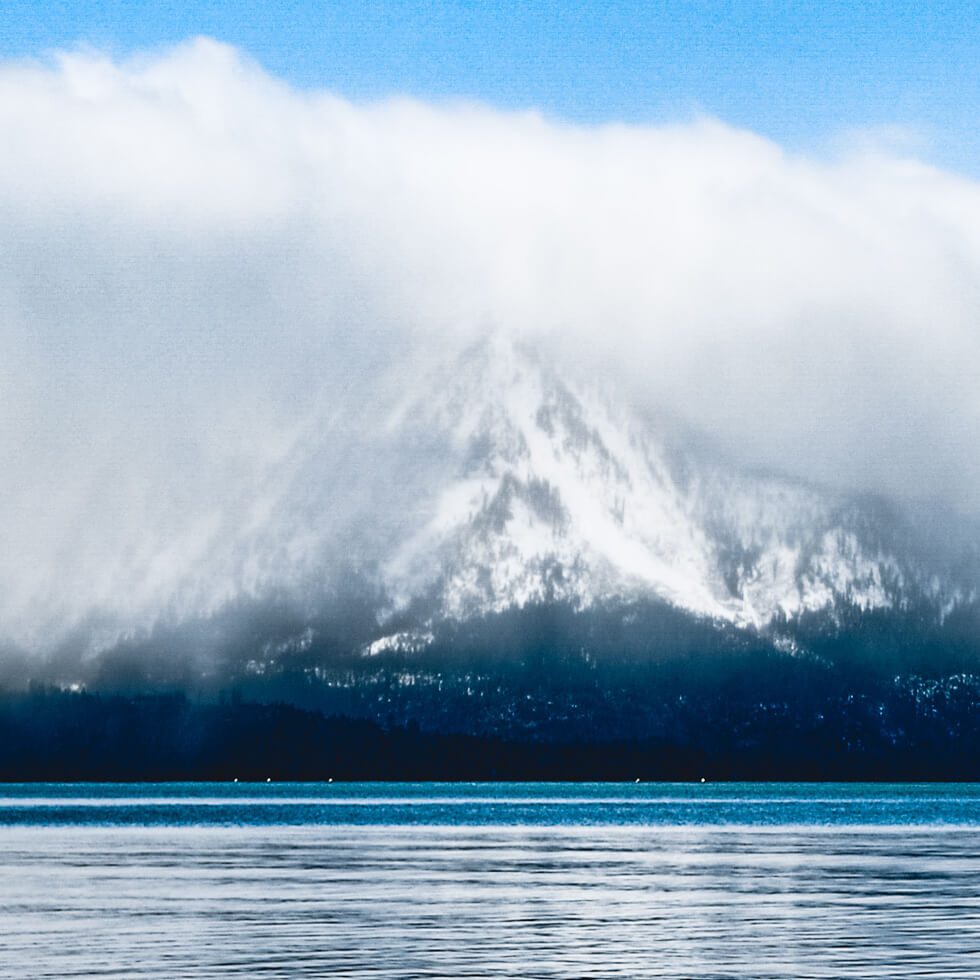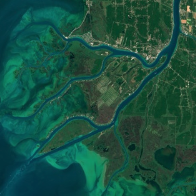BAIR Climate Initiative Projects
Observational, Multimodal, and Multiscale (OMMS) data sources are ubiquitous in scientific fields related to climate change, such as hydrology. These data are difficult to obtain, hard to align, and require bespoke engineering to use in machine learning pipelines. The initial focus of the BAIR Climate Initiative (BCI) is on developing methods, benchmarks, and software frameworks for integrating OMMS data sources with machine learning libraries, thus reducing programming overhead for scientists while improving the AI methods that can be used for these problems.
You can see a growing list of our projects, both current and future, in this document.
Project: Coral Reef Restoration

The BCI is working with a coral reef restoration non-profit to create machine learning models that can create proxy estimates of coral reef health through the creation of better depth estimation, object detection and tracking, and regression models that work underwater. These models are deployed in real-time inference, low power settings.
Project: Fate of Snow

To drive research and development for Observational, Multimodal, Multiscale, Spatiotemporal (OMMS) data sources, the BCI is launching a benchmark paired with an international prize competition focused on the 'Fate of Snow' in partnership with Lawrence Berkeley National Laboratory and industrial partners. The Fate of Snow project will aim to model and predict the partitioning of snow over basin-scales in high-altitude complex terrain. By combining a range of remote sensing, in-situ, and simulated data sources, we aim to create a multifaceted benchmark of estimates of observational constraints on the major fluxes of water including evapotranspiration, snow sublimation, infiltration and runoff.
Project: Harmful Algal Bloom Detection

The BCI is working with NASA Earth Science Applied Sciences to design and administer a prize competition that will challenge participants to identifies cyanobacteria blooms in small water bodies (lakes, shorelines) -- a crucial identification task needed by water resource managers to rapidly detect and mitigate harmful algae blooms. This project relies on Observational, Multimodal, and Multiscale (OMMS) data sources to identify harmful algal blooms.
Project: Animal Re-Identification in Camera Traps

Poaching of Gorillas, Chimpanzees, and Elephants is a major problem for the National Park Service in Nigeria. Currently, there is no good way to keep track of the count of individual species in these parks. Given still images from the camera traps in these parks, our objective is to find out if computer vision techniques can be used to automatically obtain a count of the different species. It would be time-consuming to have human annotators/biologists manually go through all the data and label it. We would like to use unsupervised and self-supervised methods, like those used in human face recognition, to automate this task.
Project: NumS

NumS optimizes large-scale numerical array operations for the NumPy API, enabling scalable execution speeds competitive with state-of-the-art C++ libraries, such as SLATE and ScaLAPACK, and achieves up to 6x speedup over Dask and Spark on statistical modeling, linear algebra, and tensor algebra operations. NumS integrates with ZARR, a cloud-agnostic partitioned array format, providing fast I/O for CMIP6 from any cloud computing provider.
The NumS team has formed a collaboration with the National Observatory of Athens research group to scale their deep learning methods for daily wildfire danger forecasting, which is currently only available for Greece. Our collaboration aims to scale their wildfire prediction methods to the entire planet.